- No products in the cart.
Dioksidin solution for injection 0.5% 5ml ampoules 10 pcs
$11.90
Dioksidin solution for injection 0.5% 5ml ampoules 10 pcs
SKU: 1897544584 Categories: Antibiotics, Antibiotics, antimicrobial, antiparasitic, Medicaments Tags: antibiotics, Valenta Pharm
Description
Composition
Active substance:
1 ml contains: gidroksimetilhinoksalindioksid (dioxidine) -5 mg.
Excipients:
Water for injection – up to 1 ml.
Description:
The transparent greenish-yellow liquid.
Product form:
Solution for infusion and topical application 5 mg / ml.
5 ml or 10 ml in neutral glass ampoules.
3, 5 or 10 vials were placed in blisters of PVC film or tape of polyethylene terephthalate and aluminum foil or polyethylene coated paper with or without foil or without paper.
1 or 2 blisters with instructions for use and a knife for opening ampoules or lancet ampoule is placed in a pile of cardboard.
When packing ampoules fracture ring or fracture point opener ampoules or scarifier ampoule not invest.
Contraindications
Hypersensitivity, adrenal insufficiency (including history), child (under 18 years).
Carefully:
Renal insufficiency.
Indications
Intravenously: septic conditions (including patients with burn disease), purulent meningitis, suppurative inflammation with symptoms of generalization.
Local: and burn wound infection (superficial and deep sores different localization, long-term healing wounds and trophic ulcers, soft tissue cellulitis, infected burns, purulent wounds with osteomyelitis), pustular skin diseases.
Interaction with other drugs
With increased sensitivity to the drug, Dioksidin applied simultaneously with antihistamines or calcium preparations.
Overdose
In case of overdose dioksidina may develop acute adrenal insufficiency, which requires immediate discontinuation of the drug and appropriate hormone replacement therapy.
pharmachologic effect
Pharmacological group:
The antimicrobial agent, quinoxaline.
Pharmacodynamics:
Antibacterial bactericidal broad-spectrum drugs. Active against Proteus vulgaris, Pseudomonas aeruginosa, Klebciella pneumoniae, Escherichia coli, Shigella dysenteriae, Shigella flexneri, Shigella boydii, Shigella sonnei, Salmonella spp., Staphylococcus spp., Streptococcus spp., Pathogenic anaerobes (Clostridium perfringens). It acts on the bacterial strains that are resistant to other antimicrobial drugs, including antibiotics. It does not have a local irritating action. Perhaps the development of drug resistance in bacteria.
When administered intravenously, it is characterized by a small therapeutic breadth, and therefore the necessary strict compliance with recommended dosages. Processing burns and necrotic wounds promotes faster cleansing of the wound and stimulates the reparative regeneration and epithelialization edge and favorably affects the course of wound healing.
In experimental studies have demonstrated the presence of a teratogenic, embryotoxic and mutagenic effect.
Pharmacokinetics:
After intravenous administration of therapeutic concentration in blood is preserved 4-6 hours. TSmah blood -1-2 h after a single administration. Good and quickly penetrates into all organs and tissues, excreted by the kidneys. For repeated administrations do not accumulates.
Pregnancy and breast-feeding
During pregnancy and lactation use dioksidina contraindicated.
Conditions of supply of pharmacies
Prescription.
side effects
Allergic reactions. Following intravenous administration, possible headache, chills, pyrexia, nausea, vomiting, diarrhea, muscle twitching, the photosensitizing effect. Local reactions: okoloranevoy dermatitis, pruritus.
special instructions
Dioksidin administered only under severe infectious diseases or the ineffectiveness of other antibacterial drugs, including cephalosporins of generations II-IV, fluoroquinolones, carbapenems.
In chronic renal failure dose reduced.
In case of loss of crystals during storage (at a temperature below 15 ° C), they are dissolved by warming the ampoule in a boiling water bath with shaking until crystals dissolve (clear solution). If upon cooling to 36- 38 ° C the crystals will not fall again, the drug is fit for use.
The possible effect of the drug on the ability to drive vehicles, mechanisms:
During the period of treatment must be careful when driving and occupation of other potentially hazardous activities that require high concentration and psychomotor speed reactions.
Storage conditions
In the dark place at a temperature of from 15 to 25 ° C.
Keep out of the reach of children.
Dosing and Administration
IV – drip. In severe septic conditions solution is introduced, pre-diluted in 5% dextrose or 0.9% sodium chloride solution to a concentration of 0.1-0.2%. The highest single dose – 300 mg daily – 600 mg.
Outwardly – deep wounds tamponiruyut or spend irrigation solution every day or two, depending on the status of the burn wound and the wound process. The maximum daily dose – 2.5, the length of treatment – up to 3 weeks.
Information
Appearance may differ from that depicted in the picture. There are contraindications. You need to read the manual or consult with a specialist
Additional information
| Weight | 0.100 kg |
|---|---|
| Manufacturer | Valenta Pharm |

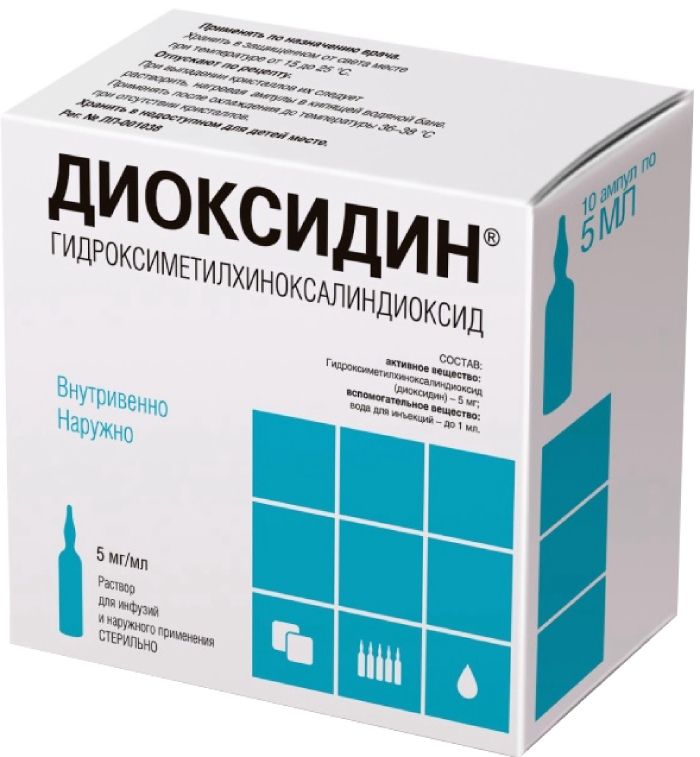
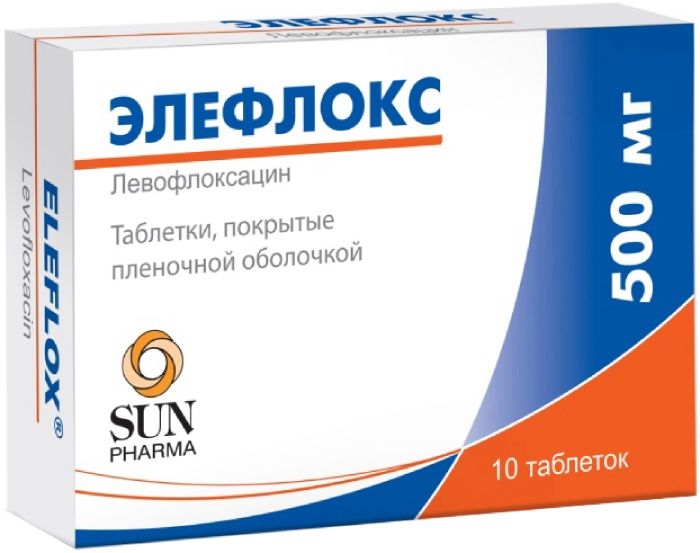
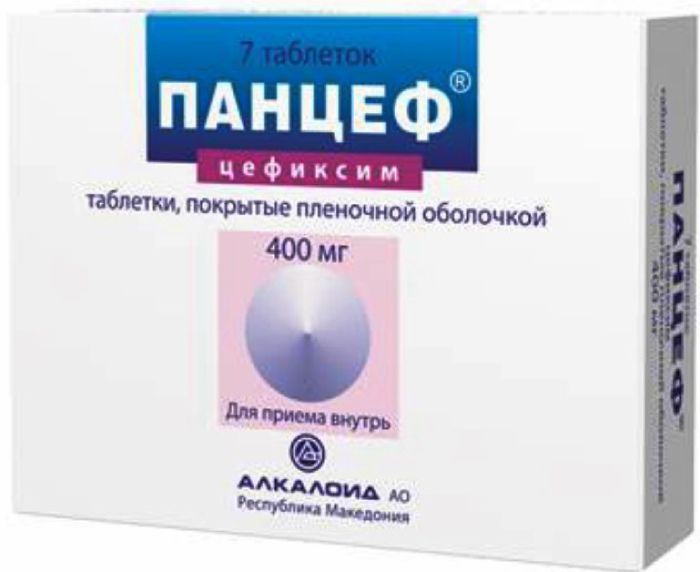
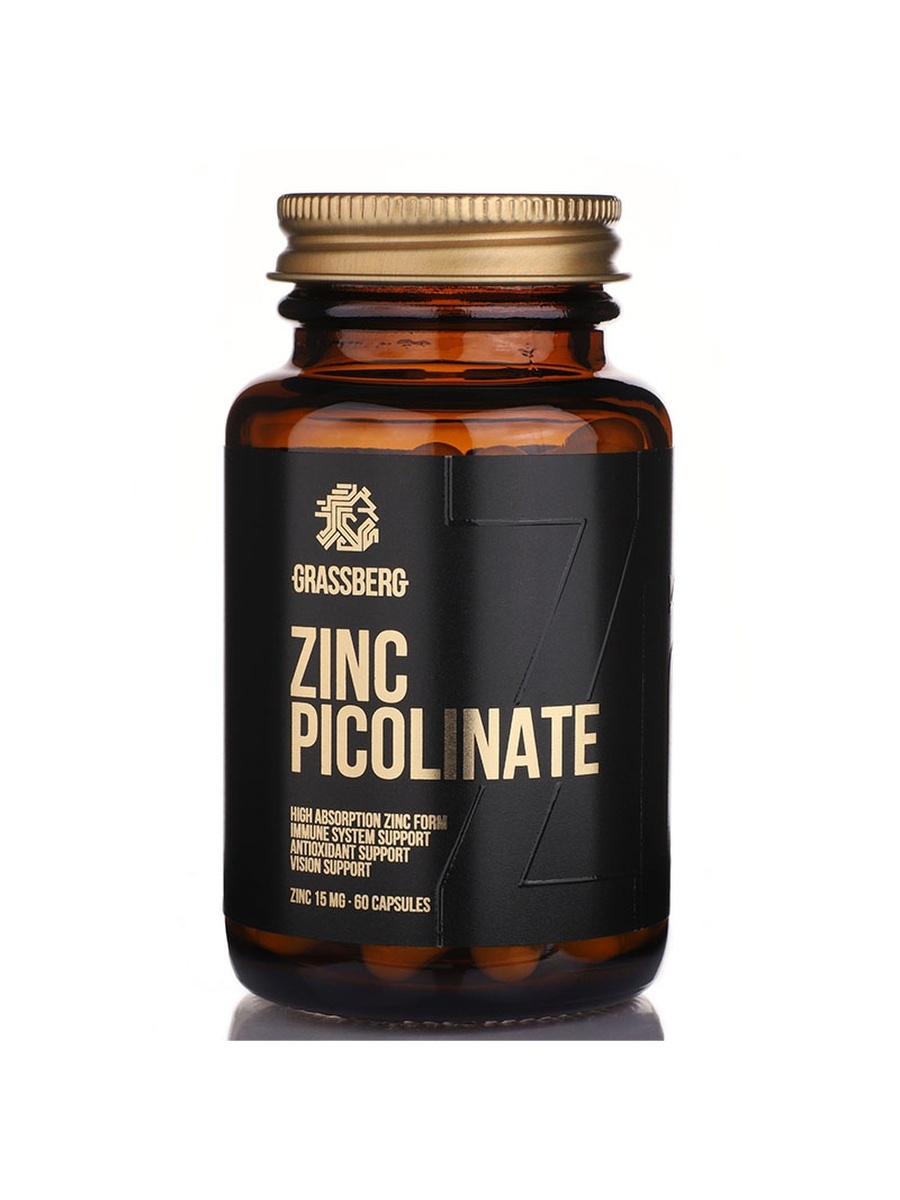
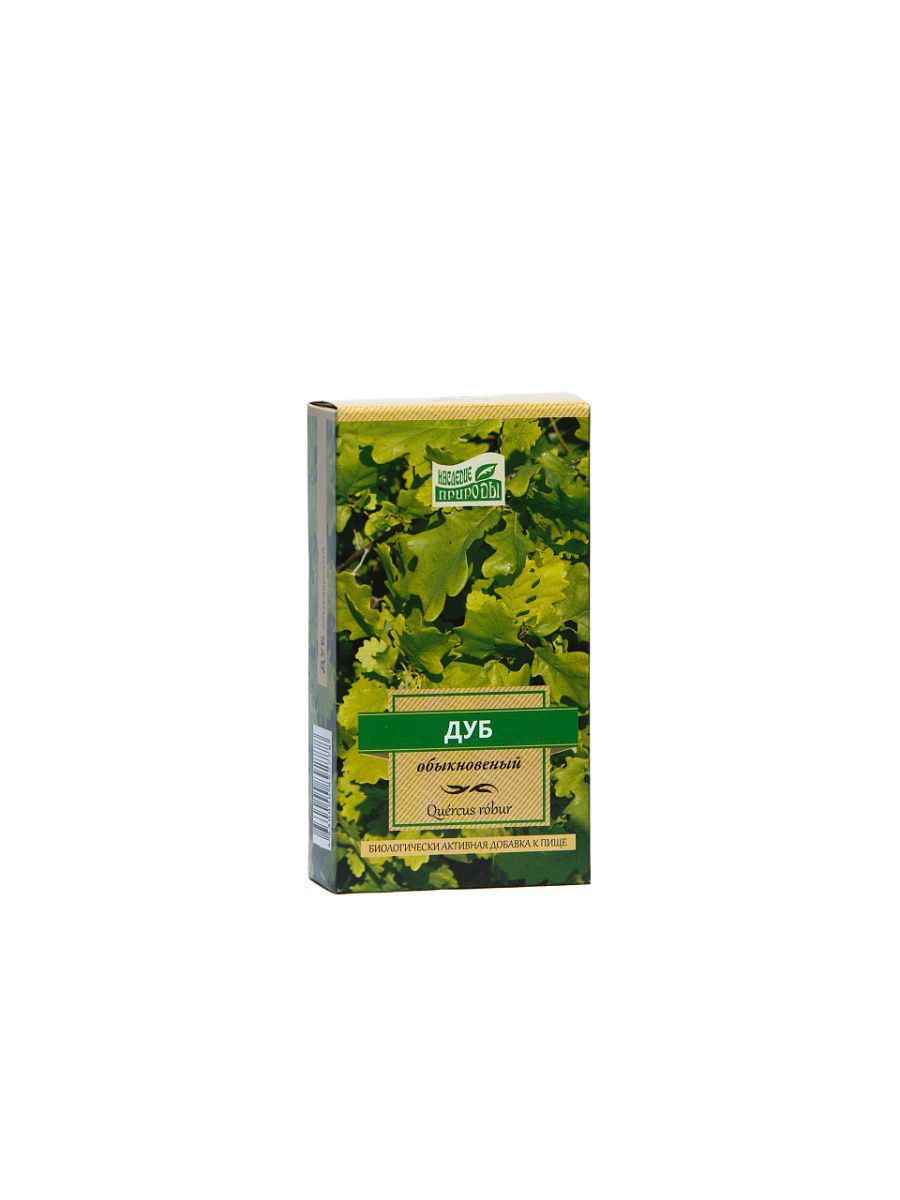
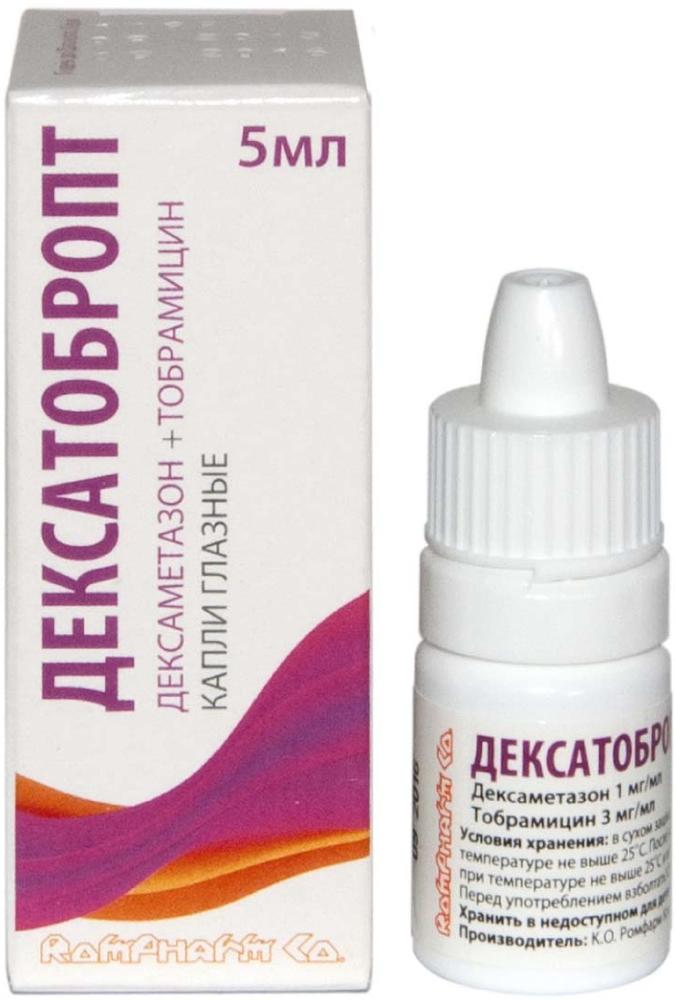
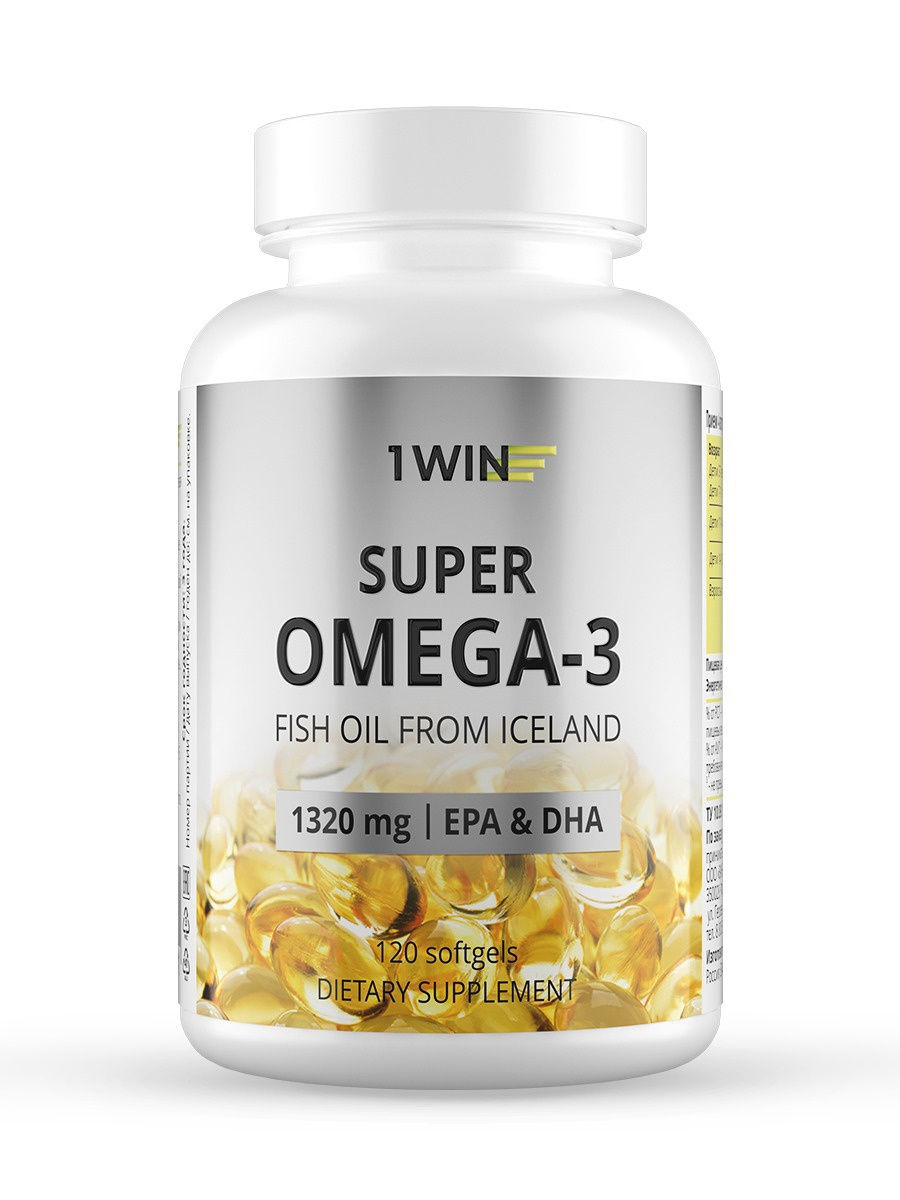
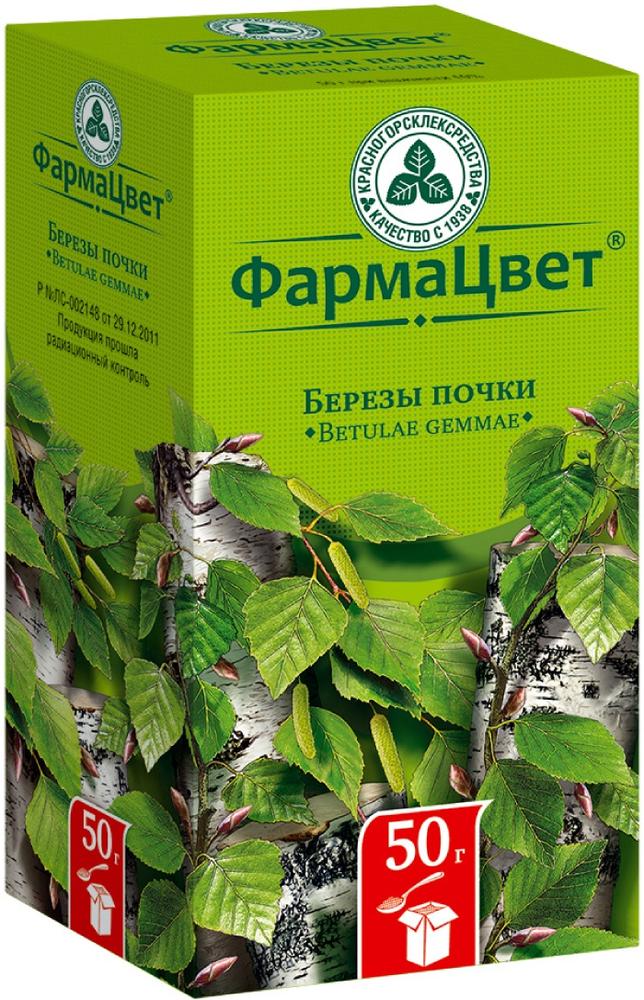
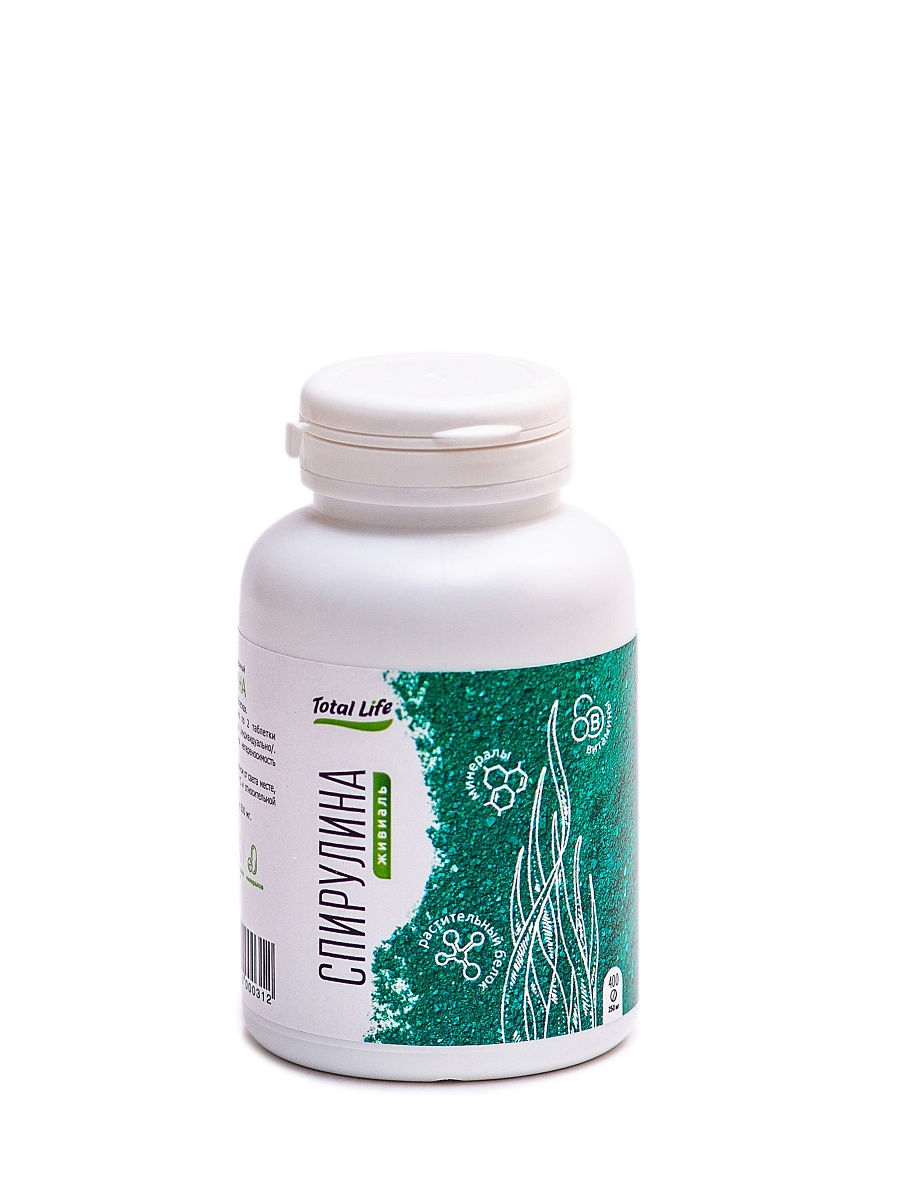




There are no reviews yet.